Reece’s Glo Worm
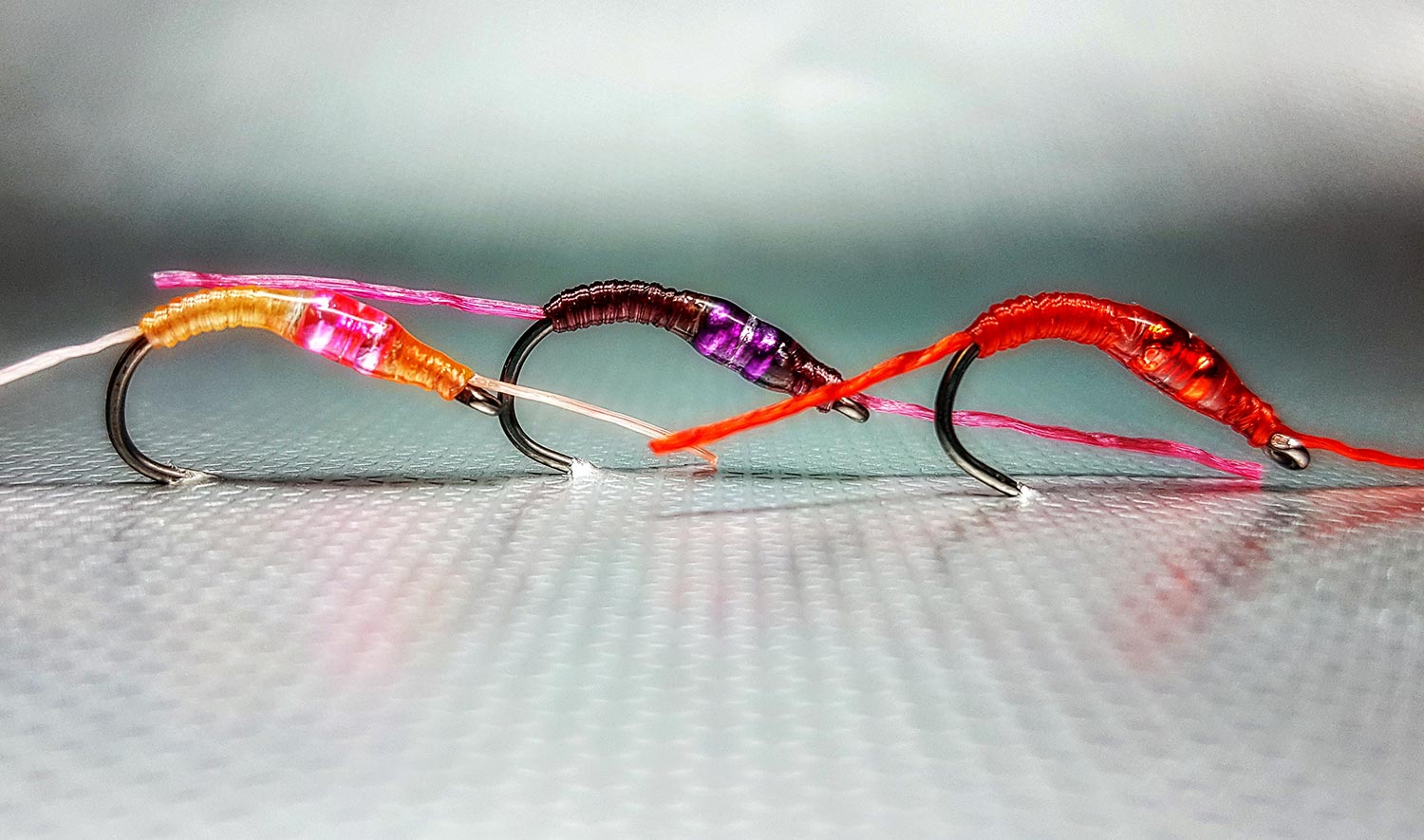
By Bob Reece
Whether you like it or not, fish eat worms.
This wiggly addition to fly boxes is adored by some and scorned by others. If you happen to be a fly fisher that embraces the application of annelids, this pattern is worth its weight.
When tying the Glo Worm, I use either the Tiemco C500BL or the 2499BL. Both hooks sport the slightly upturned hook point and strength required to hook and hold large fish. The addition of two tungsten beads rockets this pattern to the bottom, where it belongs. This quick descent puts and keeps the fly in the strike zone for longer periods of time. The combination of MFC Sexi-Floss and UV coat creates a natural translucency.
Worms work and some work better than others. Even among great simplicity, diversity and improvement exist. If you’re looking to step up your annelid game, light up your box with some Glo Worms.
Read More »Everything You Wanted To Know About Flyfishing Leaders But Were Afraid To Ask
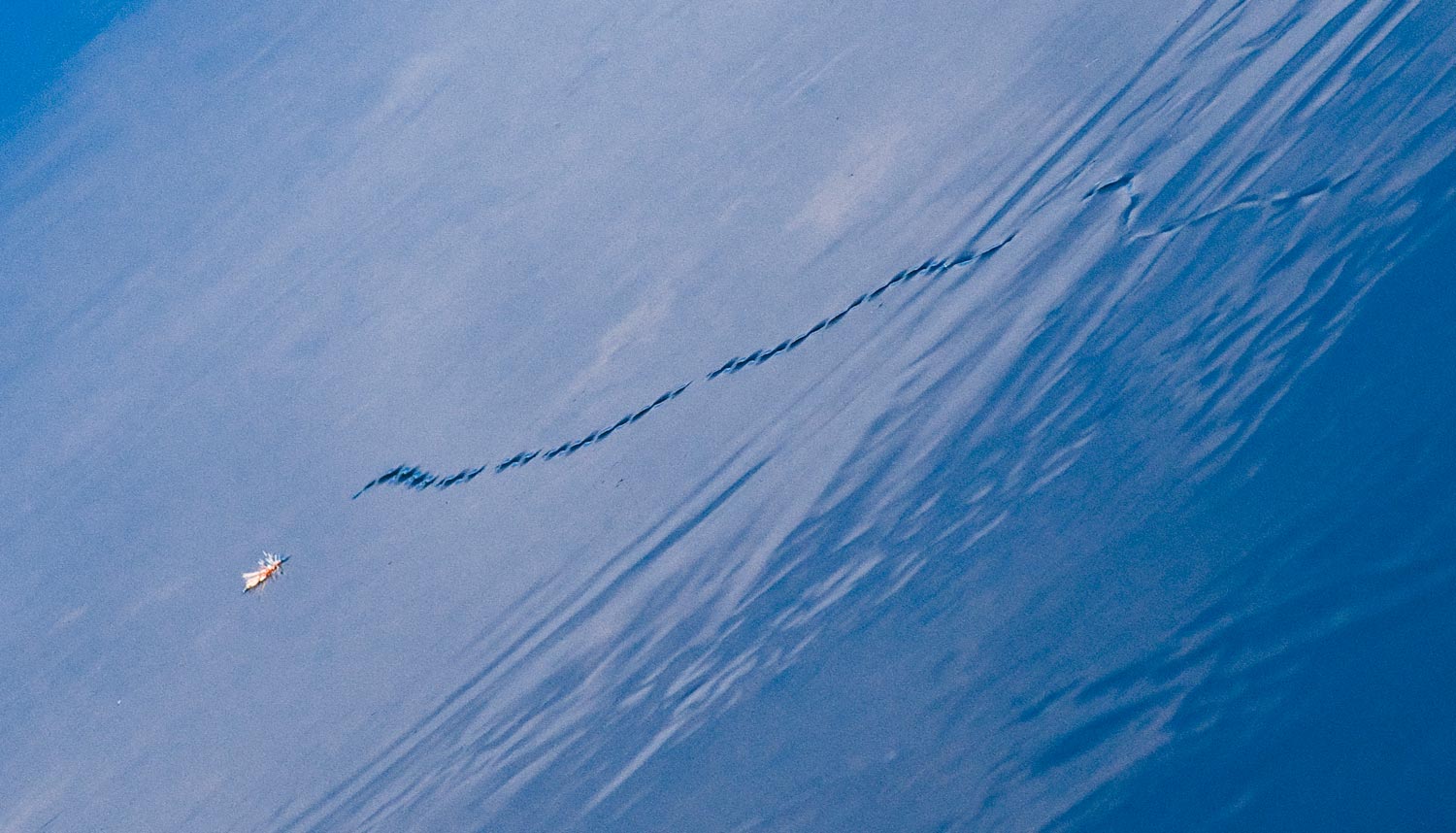
By Kevin Howell
When I began fly fishing, quality leaders were very hard to find.
The best leaders were hand tied by the Dan Baily Company in Livingston, Montana or the Orvis Company. The problem is that the tying process involved wetting the knots which, when stored over a period of time, made the knots weak and anglers would use a new leader only to have it break at the knot. Today there are countless options for anglers to choose from — not only do anglers have to choose a length and a taper design, but leaders are available utilizing Monofilament, Fluorocarbon, Braided and Furled technology.
The leader is responsible for transferring the energy from the fly line to the fly resulting in fly turnover and how it lands on the water. Leaders consist of three sections — the butt section, the midsection and tippet. The tippet is generally the last 18-24” of the leader where it connects to the fly. The midsection is the next two feet, and butt section is generally 4-5 feet and considerably stiffer. The leader should start about the same diameter as your fly line and then taper down gradually and continually until it reaches the tippet which will be a 18-24” section of the same diameter.
Of the four major types of leaders on the market, the Monofilament leader is by far the most common, with Fluorocarbon claiming second followed by braided and then furled. Today’s pre-drawn mono leaders are leaps and bounds ahead of previous mono leaders. They are strong, well designed with quality tapers, and are even starting to specialize. You will find leaders meant just for nymph fishing, leaders for dry fly fishing and everything in between.
The only downside to the mono leader is that when it gets abraded or a wind knot, it is going to break every time resulting in lost rigs or lost fish. Fluorocarbon leaders are available in the same tapers as monofilament and also very abrasion-resistant, but come at a much higher price– 2-3 times more expensive than mono. Fluorocarbon leaders are also denser than water, so they tend to sink slowly. If you are trying to fish dry flies or watch your leader for strikes, this becomes quite difficult with a leader that is slowly sinking.
Braided leaders offer excellent turnover and are almost indestructible; you simply replace the tippet when needed. However, if you are fishing over-spooky or pressured fish, they will spook the fish every time. Water sprays out of the braided leader on the forward cast and it slaps the water when landing. Braided leaders are also heavy and struggle to float especially after being fished a little. They pick up water scum and dirt, causing them to sink more than they float.
Furled leaders do not spray water as badly as a braided leader do but do spray some water on the forward cast. They also tend to sink as soon as they are fished a little bit and absorb dirt and water. Since furled leaders are not commercially produced you will have to find someone to make them for you or invest in the jigs and material to produce them yourself.
After twenty years in the guiding and outfitting business, I have found a quality monofilament leader with a fluorocarbon tippet to be the best all-around leader.
The Perfect Day on the Flats
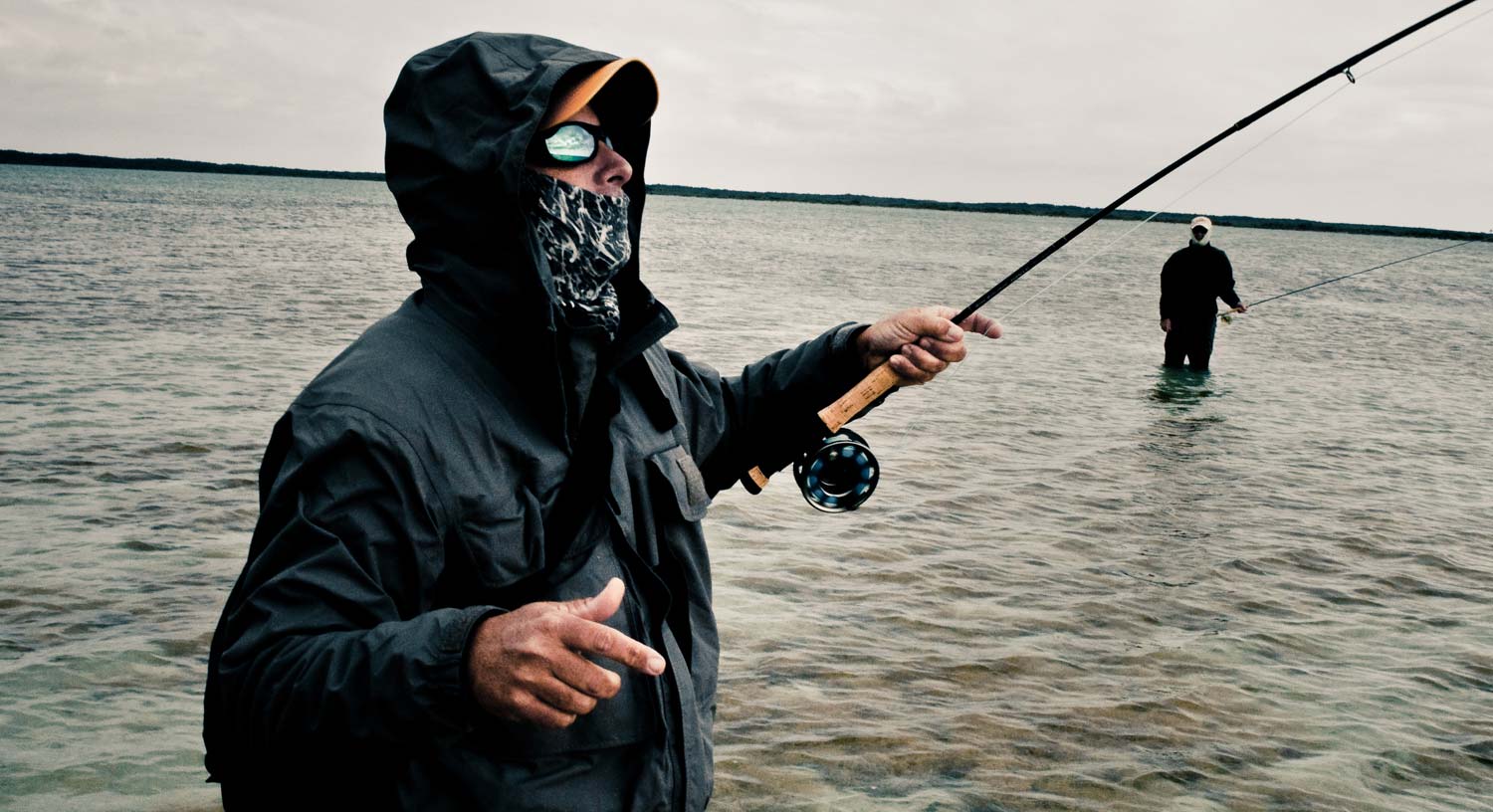
John Byron
You’re after bonefish.
An easy flight and you found all your luggage. The lodge is even more comfortable than you expected. Supper was super. Your new fishing companions seem a really great bunch. You’re excited to get fishing.
Next morning seems perfect. Sunshine all day. The right tide. Gentle breezes, sufficient to calm the fish but not enough to hamper your casting. The guide knows his business and handles the boat flawlessly, spotting fish early and lining you up for easy casts. When you wade, it’s on hard bottom, a comfy depth and the wind and sun at your back.
You find fish all day long, big ones in singles and doubles, larger schools all ready to take your fly, which seems to be the perfect weight, size, and color. When one spot slows down, you move to another loaded with bonefish, maybe stopping for some fun fishing alongside a big mud. It’s the perfect day.
And it happens so seldom that you should never never count on it.
Any putz can catch fish on a day like that. Your challenge … and the great challenge of bonefishing as a sport … is bringing in fish on all the other days. It’s an okay
Read More »Streamer Fishing for Small Streams
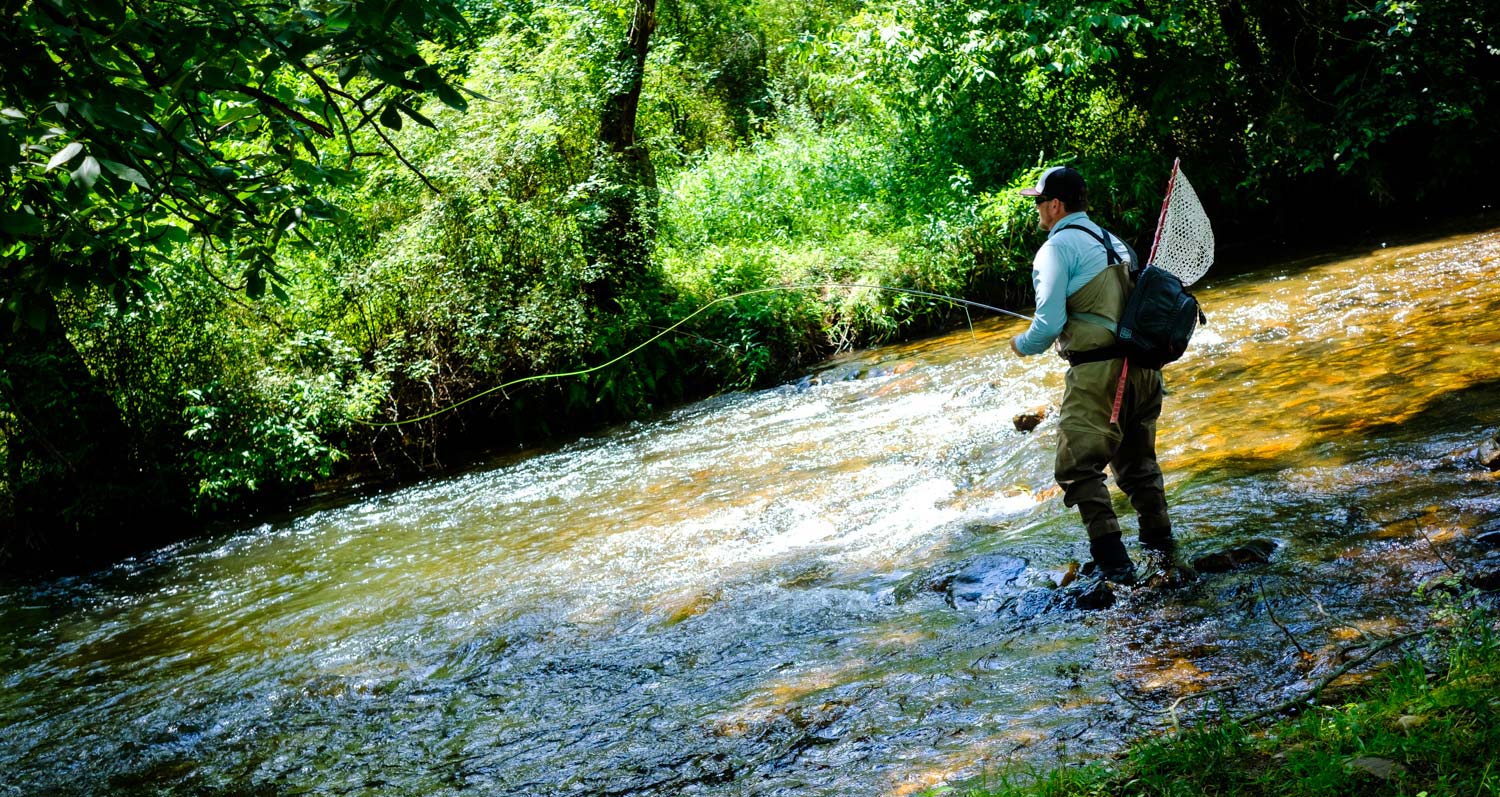
By Jason Tucker
Small stream fishing often conjures to mind light rods and lines, small dry flies, an easy, pleasant day on the creek casting to small trout.
It indeed can be that, and most of my small stream fishing consists of this. But I firmly believe every small stream out there holds bigger fish, and more of them, than you think. One of the best ways to find out is with streamers.
Researchers have shown that as brown trout reach the twenty-inch mark they become largely piscivorous (fish eating). This means if you want to catch them, you need to throw streamers.
Streamer fishing has changed a lot since the days of hair wing flies and Grey Ghosts. If you have fly fished for any amount of time you have heard of or read “Modern Streamers for Trophy Trout” by Kelly Galloup and Bob Linsenman. Streamer enthusiasts today pound the banks with articulated monsters measuring five to as much as twelve inches long. This is great for bigger rivers but a bit of overkill for small streams. You’ll want to scale your efforts to the water you’re fishing. Still, streamer fishing small streams can be a very enjoyable way to fish them, and a great way to find out the true potential of the stream.
My streamer box for small streams contains the following:
Read More »Sunday Classic / Isonychia Nymph Patterns – 4 Proven Imitations
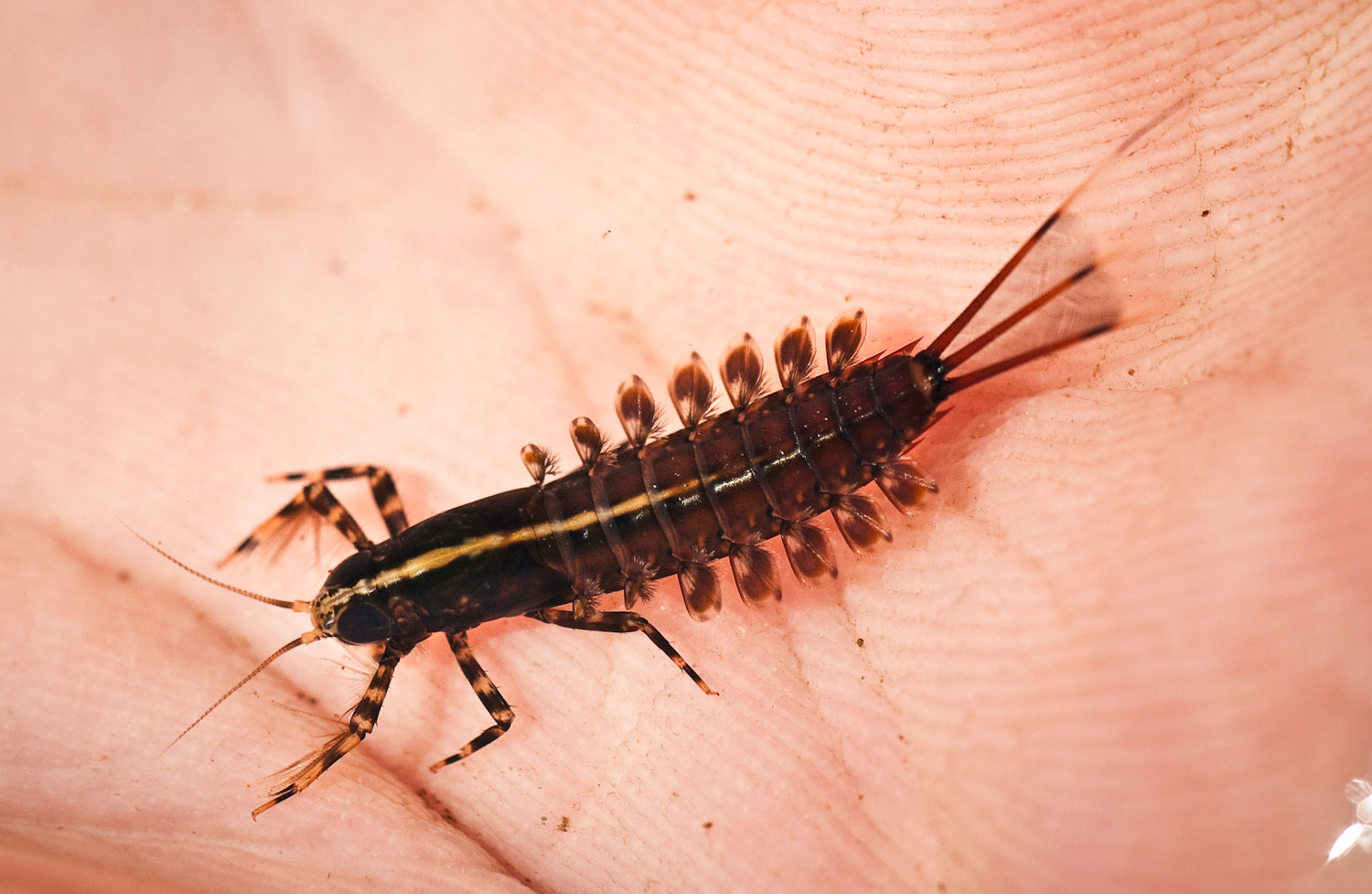
The Isonychia Nymph is a pattern that should be carried in the fly box of every traveling fly angler.
Although these aquatic mayflies do not inhabit all streams in great density, where they are found in abundance, they are shown great favoritism by foraging trout who will often key in on them exclusively. The Isonychia usually hatches during the summer months, with some locations in the United States and abroad, returning a second time during the fall season.
These beautiful mayfly nymphs are olympic class swimmers, and fly tiers should try to tie their Isonychia fly imitations with materials that breath and move naturally in the water to mimic this trait. Furthermore, twitching and swinging Isonychia nymph patterns during the drift, is highly suggested to help attract attention and trigger strikes by trout. The light colored stripe, that runs down the back of most Ishonychia nymphs, is the most recognizable feature that tips fly anglers off to the correct classification of these nymphs. That being said, not all species carry the white stripe in such flamboyancy, so it’s best to sample your local streams and rivers when tying your own imitations.
Below are 4 Isonychia nymph patterns that I’ve used in the past with great results. Most Isonychia nymphs measure in the size 10-12 hook range, but most fly fisherman agree it’s always a good idea to stock a couple different sizes in your Isonychia fly patterns to help insure you’ll be able to accurately match the bugs on the waters that you may find while fly fishing.
Read More »Saturday Shoutout / Down The Path
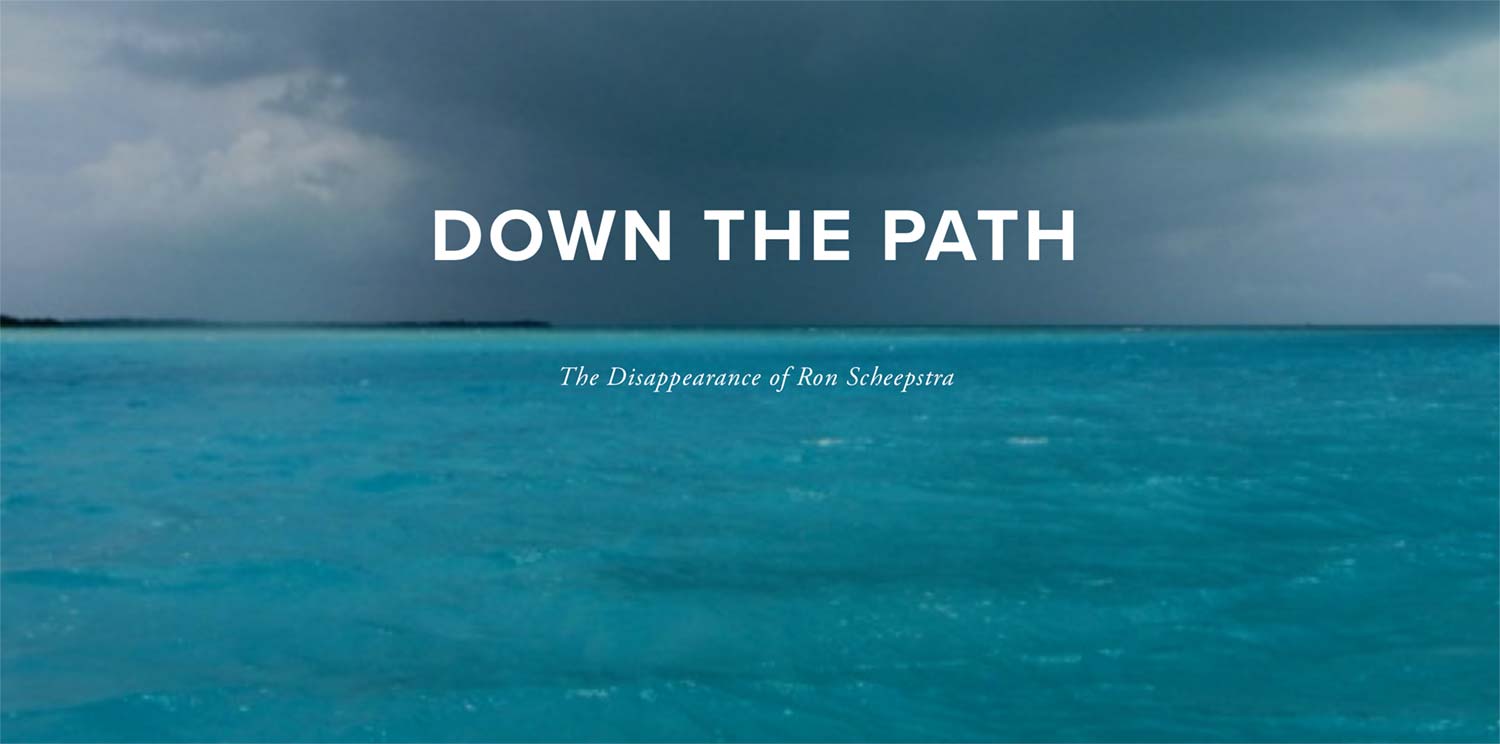
One of the most talked about stories in fly-fishing, Will Rice’s podcast “Down The Path” tells a story as addictive as it is chilling.
On April11, 2009, Ronald Scheepstra disappeared from Xcalak, Mexico.
Ron and his companions had been to this remote area on fishing trips in both 2007 and 2008 and, as avid fly anglers, had done extensive preparation and planning.
For reasons that are not completely known or understood, Ron broke away from his friends in the early afternoon that day. He reportedly climbed from the shallow water and as he began to walk down the path, called back, “You go on. I’ll be fine.”
Ron was never seen again.
With 4 episodes already online, I dare you not to binge this series.
“Down The Path”
Read More »The Fisherman
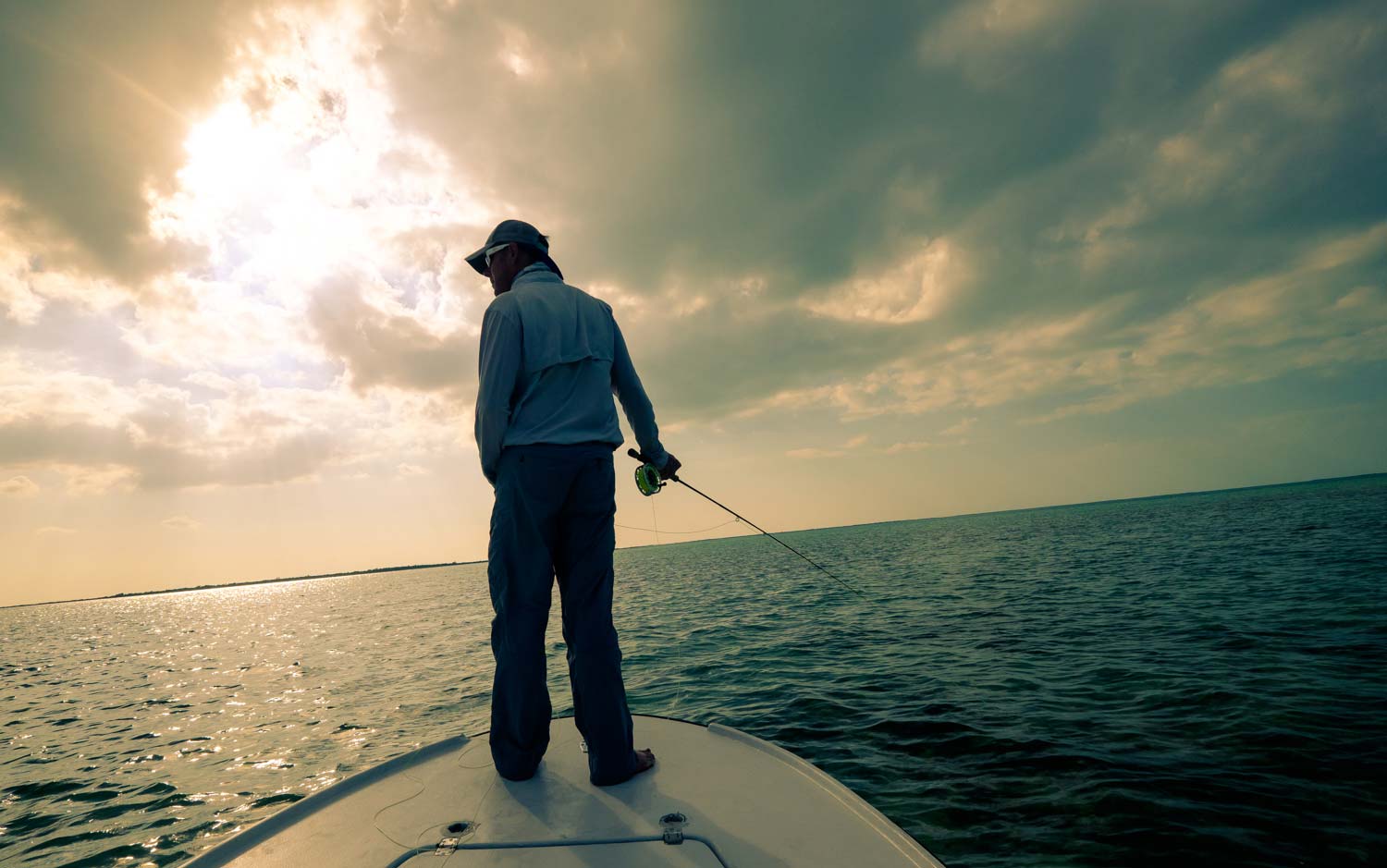
by John Byron,
A poem for Independence Day. Author unknown.
Behold the fisherman.
John catching salmon from a sub
He riseth up early in the morning
and disturbeth the whole household.
Mighty are his preparations.
He goeth forth full of hope,
returning when the day is far spent.
Smelling of strong drink
and the truth is not in him.
HAPPY INDEPENDENCE DAY FROM GINK AND GASOLINE!
Read More »How I Almost Owned A Trout Stream
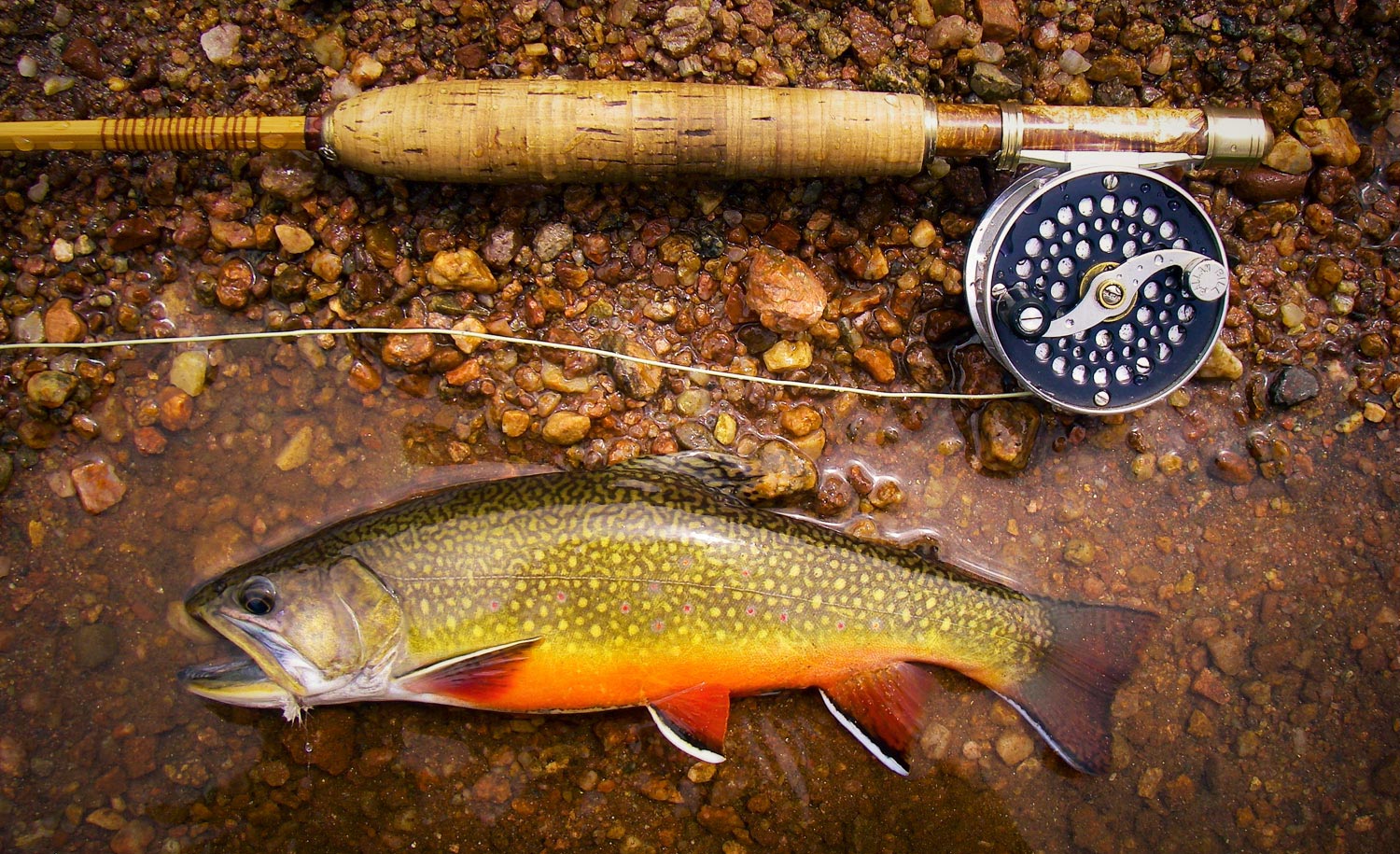
By Jon Tobey
NOW THAT THEY ARE SELLING IT, I CAN FINALLY TELL THE STORY OF WILLIAMSTOWN GULF.
When my dad was in high school, he and his 3 best friends bought a trout stream. I know it sounds like something out of Trout Fishing in America, but they really did. Can you imagine, getting out of school and heading out to your own trout stream, as a teenager, to fish with your best friends? Somehow, that story makes me feel like I really got my priorities completely wrong at a very early age. I didn’t even own a fly rod until I was 40, but I heard about this stream my whole life and finally one day when I was home I asked if I could go fish it. They’ve been stocking if for years even though nobody has fished it for 20 and my dad had to call his one surviving friend to get directions to it. It’s a little creek that becomes a tributary of the White River.
When we finally got there it was in an incredibly dense and verdant valley, but unfortunately the stream had been beaverized, with dams about every 100′ on it and a lush swamp in the resulting river bottom. I had to walk through a very dense swamp to get to it and I was a little nervous because it was filled with moose tracks and from what I’ve heard you would rather run into a bear than a moose. When I finally got to the stream it was about 8′ across, and beneath the dams almost that deep. In the crystal cold water there I could see the fry, every pool holding hundreds and knowing what cannibals trout, especially brook trout, are I imagined each stretch must hold one lunker or so. I mean 20 years….
Read More »10 Tips For Powering Your Fly Cast
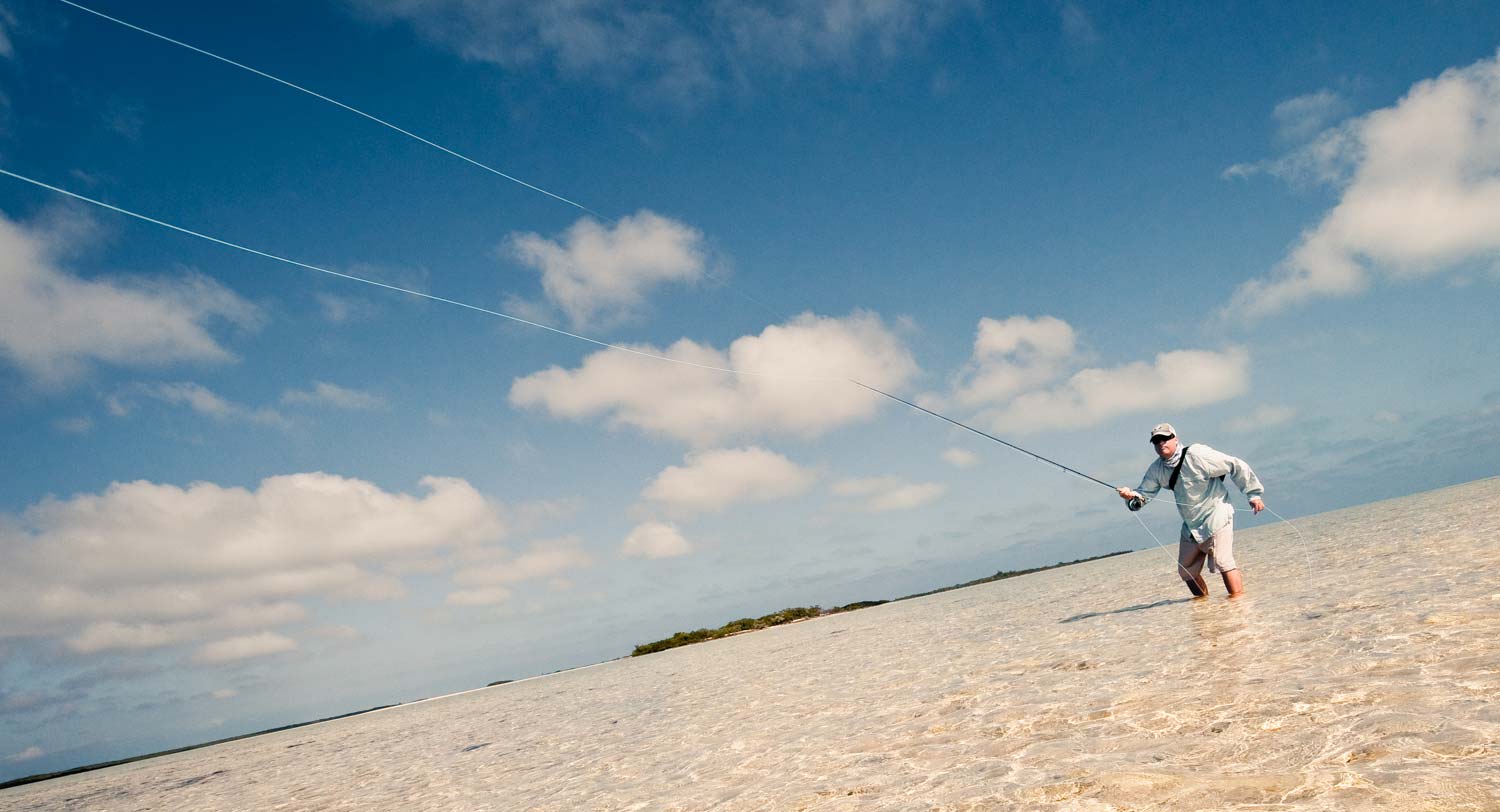
By Louis Cahill
A powerful fly cast is about technique and timing, not power and speed.
That statement is often repeated, and it reminds me of something we used to say in martial arts. “Size and strength don’t matter…unless the other guy is bigger and stronger than you.”
In my experience, there isn’t one answer for every angler. Some folks use too much power and not enough technique, and others seem afraid of the rod and lack any kind of physicality. It does not take a lot of physical strength to make a good fly cast, but it is an athletic endeavor and requires a degree of physical prowess, or at least confidence.
I like the comparison of the casting stroke and using a hammer. I like it because it explains the smooth application of power and the abrupt stop, but also because it captures the idea of the appropriate use of power. You don’t pick away at a nail as if you had all day to drive it home. You also don’t wail away as hard as you can swing, hitting everything in arm’s reach. You use the right amount of power for the job. A gentle tap for a tack (read 3 weight), and a manly swing for a spike (12 weight).
That said, technique always trumps power, and the skilled caster blends the two to make tight energized loops and control his line to make the best presentation.
Bend the rod
The most fundamental part of making a fly cast is loading the rod. Put very simply, loading the rod is putting a bend in it. The action of a bent rod straightening is what casts the line, not the motion of your arm. It’s much more like shooting a slingshot that throwing a baseball.
When I’m working with an angler who is struggling to load their rod, I like to have them hold the rod in front of them with two hands, one hand on the grip and the other near the stripping guide. Then I ask them to bend the rod. The natural reaction is to put their thumbs on the shaft and press away.
That’s exactly what should be happening when you cast. The only difference is that the hand near the stripping guide is replaced by the weight of the line. The thumb presses forward in a straight line, like driving a thumbtack into the wall. When the bent rod stops, the recoil of the rod sends the line like the rubber bands of the slingshot.
Accelerate the stroke
If you ever feel like you should be casting “harder,” too little acceleration is likely your problem. I see a lot of anglers who get no power in their cast because their casting stroke is all the same speed.
Read More »Sunday Classic / Bruce Chard Ties The Gnarly Bandit
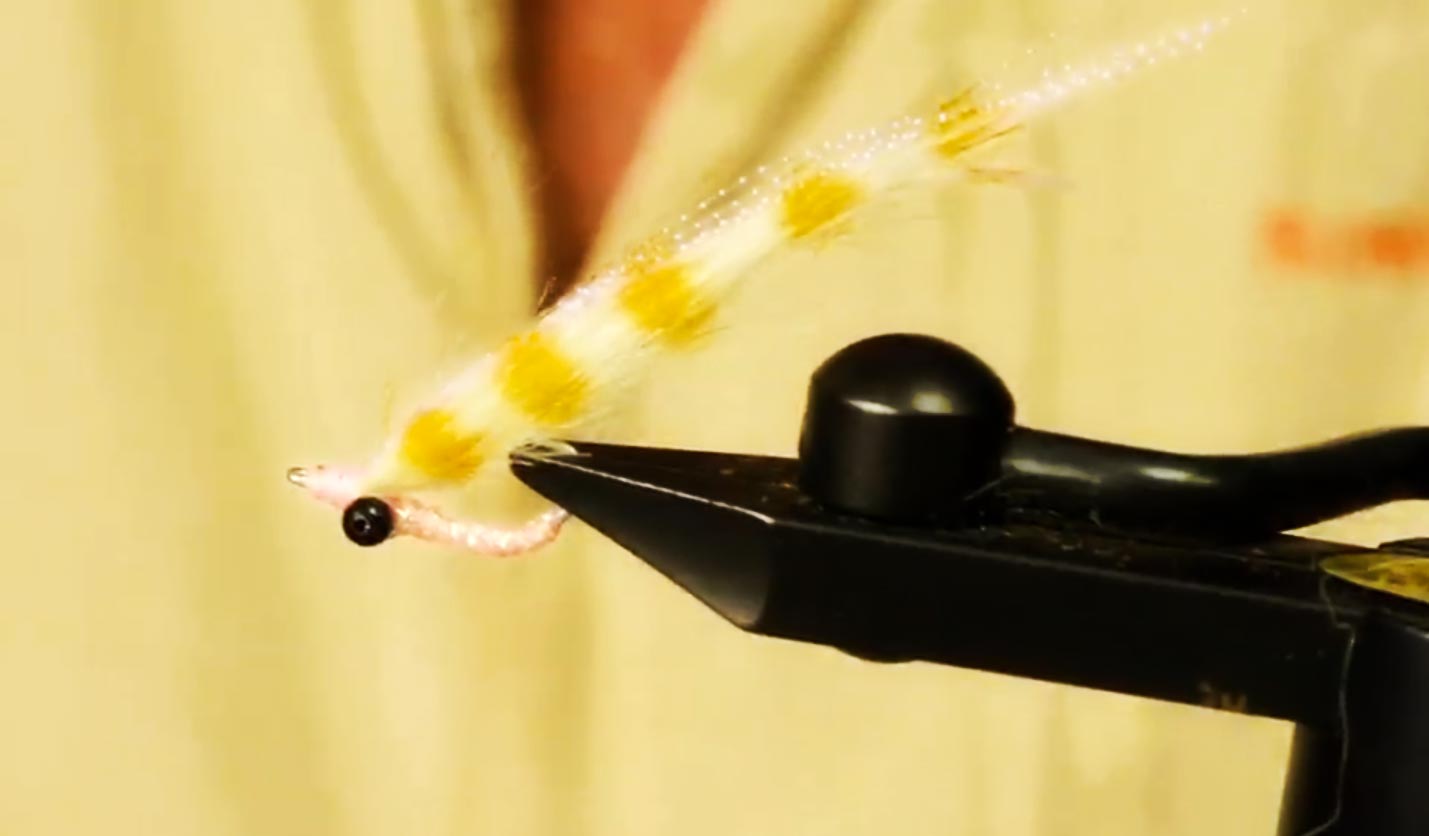
SIMPLE IS OFTEN BEST.
Our good friend Captain Bruce Chard is back today to prove it. Fishing guides need effective flies that will put their clients on fish but don’t take hours to tie. Bruce calls these kind of flies,”guide flies.” These flies have all of the elements that attract fish in a simple recipe so you can knock out a dozen of them without breaking a sweat. I love guide flies and I fish a lot of them.
The Gnarly Bandit is a classic. I can’t tell you how many bonefish I have caught on this fly. It’s a simple fly but there are a few elements you need to get right. In this video Bruce goes step by step and explains the details that make the difference.
Watch the video and learn to tie The Gnarly Bandit.
Read More »